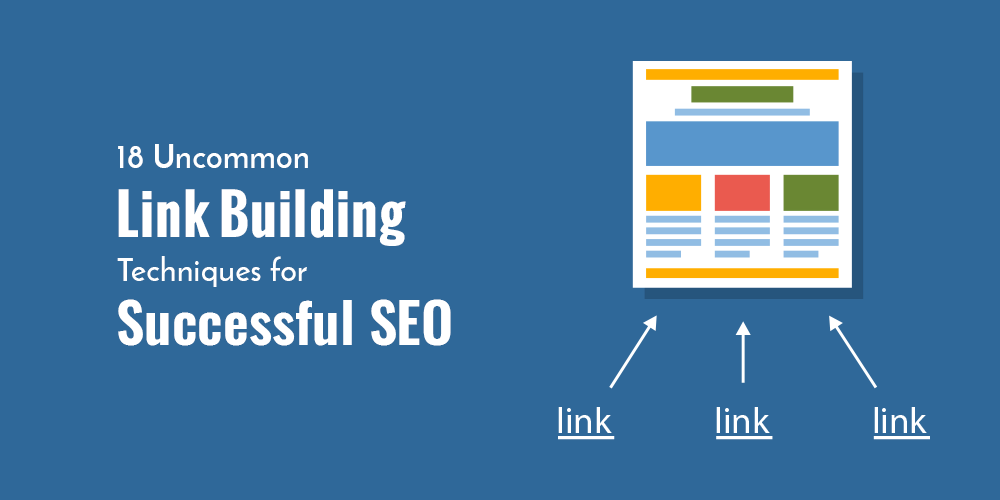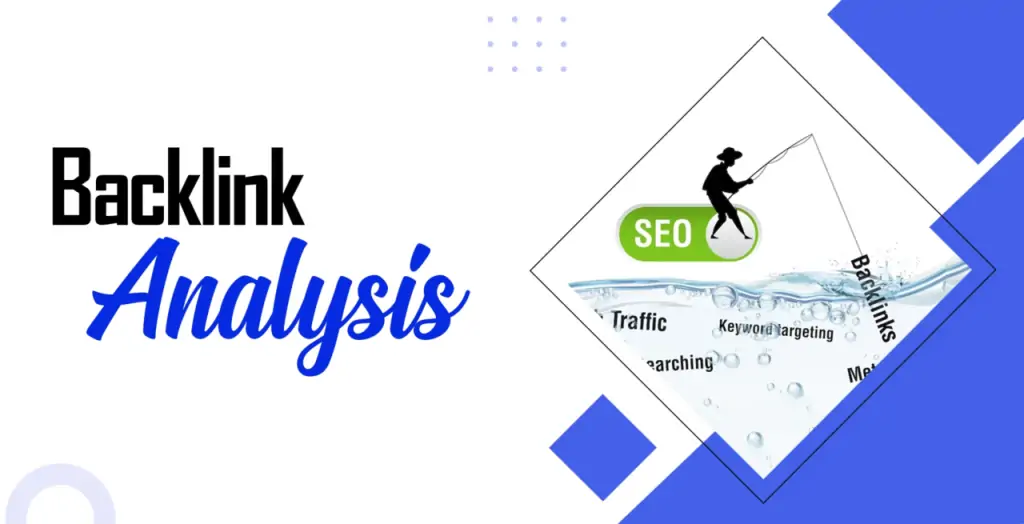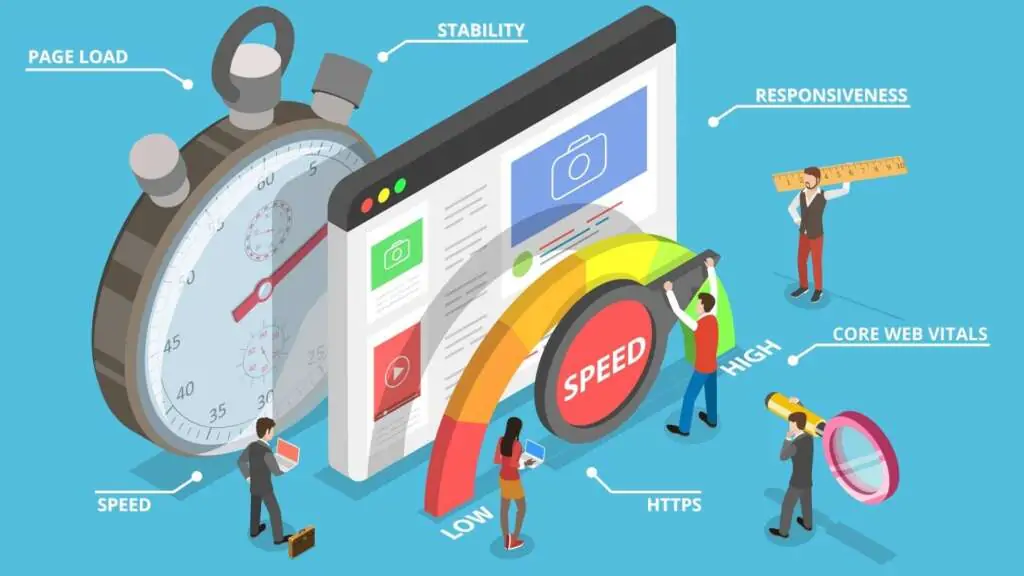Link Building: Elevate Your Website’s Authority and Visibility
Link building is a fundamental aspect of search engine optimization (SEO) that can significantly impact your website’s visibility and authority. Explore the world of link building, its importance, various strategies, and best practices to help you enhance your website’s online presence.
1. What is Link Building?
Link building, in the context of SEO, refers to the practice of acquiring hyperlinks (or simply, links) from other websites to your own. These links act as votes of confidence, indicating to search engines that your website is trustworthy and valuable.
2. The Importance of Link Building
Link-building is crucial for several reasons:
- Improved Search Engine Ranking: Search engines, like Google, use links as a primary ranking factor. Websites with more high-quality links tend to rank higher in search results.
- Enhanced Website Authority: High-quality backlinks from reputable websites can establish your site as an authoritative source in your niche or industry.
- Increased Referral Traffic: Links from other websites can drive targeted traffic to your site, expanding your audience.

3. Types of Links
There are various types of links, including:
- Inbound Links (Backlinks): Links from external websites pointing to your site.
- Outbound Links: Links from your site to other external websites.
- Internal Links: Links within your own website that connect different pages.
4. Strategies for Effective Link Building
To engage in successful link building, consider the following strategies:
- Create High-Quality Content: Quality content naturally attracts links. Develop valuable, informative, and shareable content that other websites will want to reference.
- Guest Blogging: Contribute guest posts to other websites in your niche. In your guest posts, include links back to your own site.
- Content Promotion: Actively promote your content to reach a broader audience and attract more links.
- Resource Link Building: Create resources, such as guides, tools, or infographics, that other websites find valuable and link to as references.
- Broken Link Building: Identify broken links on other websites and offer your content as a replacement.
- Ego Bait: Mention and link to influencers or authoritative figures in your content, and notify them. They may share or link to your content.
5. Best Practices for Link Building
Effective link building is about quality, not quantity. Here are some best practices to keep in mind:
- Focus on Relevance: Seek links from websites that are relevant to your niche or industry. Relevant links hold more value.
- Quality Over Quantity: A few high-quality backlinks are more valuable than many low-quality ones.
- Natural Anchor Text: Use diverse and natural anchor text in your links. Avoid over-optimized or keyword-stuffed anchor text.
- Avoid Link Schemes: Stay away from schemes that promise quick and easy backlinks, as they can lead to penalties from search engines.
- Monitor Your Backlink Profile: Regularly check and analyze your backlink profile using tools like Ahrefs, Moz, or SEMrush. Remove or disavow harmful or irrelevant links.

6. The Role of Outreach
Outreach is an essential component of link building. When conducting outreach, consider the following:
- Identify Prospects: Find websites, blogs, or influencers in your niche who may be interested in your content.
- Craft Personalized Pitches: Create personalized outreach emails that explain why your content is valuable to the recipient and their audience.
- Follow Up: Be persistent but not pushy. Follow up with your prospects if you don’t receive a response to your initial outreach.
- Build Relationships: Foster relationships with other website owners and bloggers in your niche. Building genuine connections can lead to more link-building opportunities.
7. Measuring Link-Building Success
To measure the success of your link-building efforts, consider the following metrics:
- Domain Authority: Track changes in your website’s domain authority using tools like Moz or Ahrefs.
- Traffic and Conversions: Monitor your website’s organic traffic and conversions to assess the impact of improved search rankings.
- Backlink Profile: Keep an eye on the growth and quality of your backlink profile.
In conclusion, link building is a fundamental aspect of SEO that can significantly boost your website’s visibility, authority, and traffic. By understanding the importance of link building, implementing effective strategies and best practices, conducting outreach, and measuring your success, you can elevate your website’s online presence and drive tangible results. Link building is a dynamic and ongoing process that, when done right, can set your website on a path to online success and recognition in your niche or industry.




























